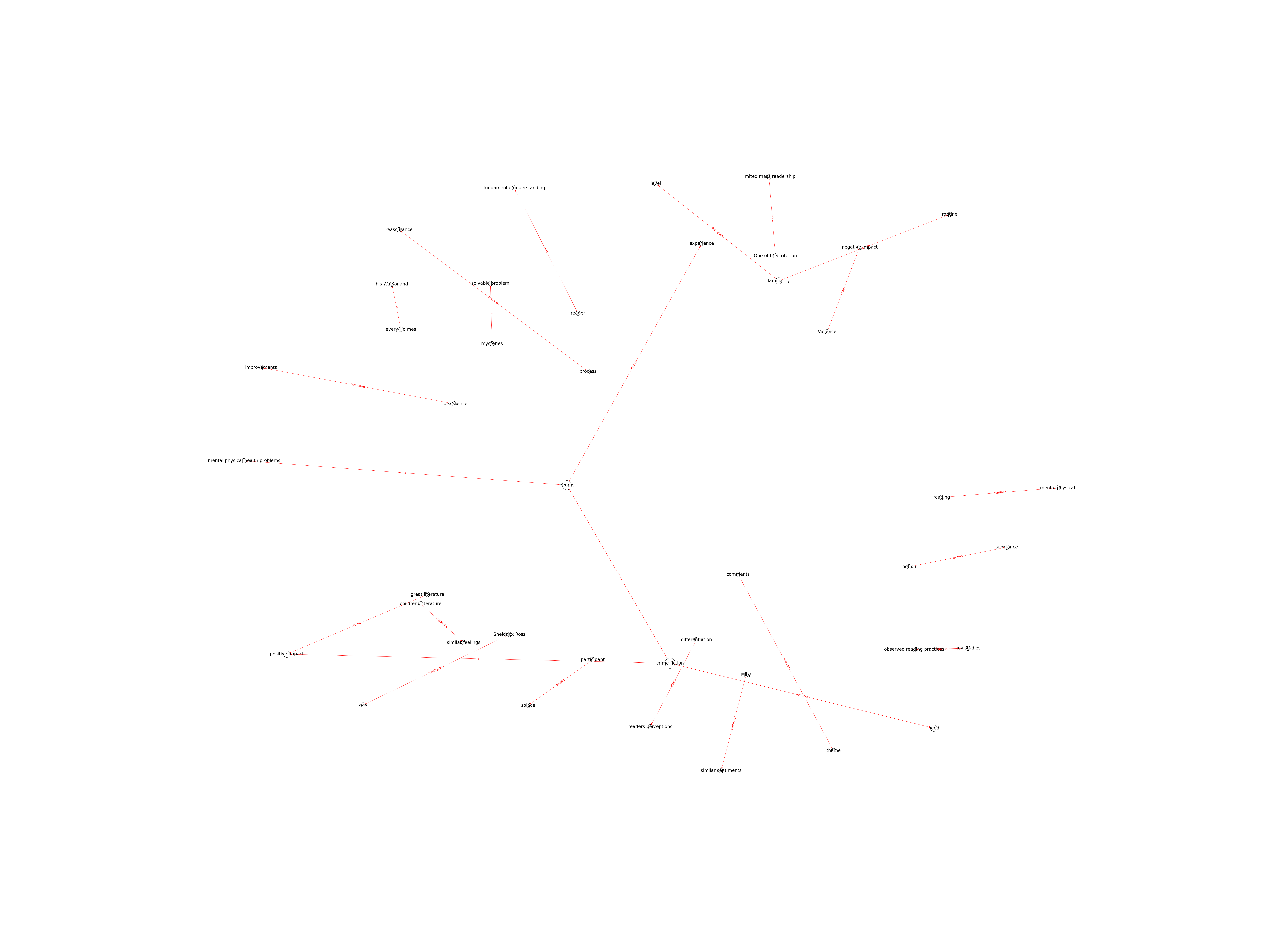| Id | 605 | |
| Author | Brewster L. | |
| Title | Murder by the book: Using crime fiction as a bibliotherapeutic resource | |
| Reference | Brewster L.; Murder by the book: Using crime fiction as a bibliotherapeutic resource ;Medical Humanities vol:43 issue: 1.0 page:62.0 |
|
| Keywords | ||
| Link to article | https://www.scopus.com/inward/record.uri?eid=2-s2.0-84994853623&doi=10.1136%2fmedhum-2016-011069&partnerID=40&md5=ae785852bf7c83ca96e5ac7872fd43b1 |
|
| Abstract | Crime is a popular genre of fiction, widely read but sometimes seen as ‘throwaway’. Disregarding this type of fiction because it is seen as low quality does not take into account its value to readers. Reading has been established as a means of improving mental health and well-being—often known as bibliotherapy. This often focuses on fiction considered to have literary merit rather than genre fiction like crime. However, in framing therapeutic reading in this way, the impact of texts considered to have low cultural value such as crime has been concealed. Examining readers’ responses as a starting point identifies some reasons why crime fiction fulfils a need. Readers in an empirical study spoke about the strong narrative as a distraction, the predictability as a comfort and the safe distance from events as a reassurance that left them feeling that reading crime fiction was a refuge from the world. In exploring readers’ responses in relation to the academic literature, the paper argues that there is a need to think differently about how readers engage with texts and how they experience reading as therapeutic, with a role for fiction like crime. © 2017, BMJ Publishing Group. All rights reserved. |
|
| Metodology | Technique |

Note: Due to lack of computing power, results have been previously created and saved in database


